 New Studies! New Studies!
How LED Bulbs lights can prevent cancer?
When it comes to energy saving lighting options there are two families of light bulbs available to consumers: compact fluorescent (CFL) and LED. There are many criteria consumers can use to inform their decision to go with either one. Recent research , however, suggests health implications of CFL bulbs. One health concern related to CFL bulbs is well established. CFL produce visible light by first creating ultraviolet light. This ultraviolet light becomes visible once it passes through the white phosphor coating on the inside of the bulb, which re-radiates the light and makes it visible. Some residual ultraviolet light is common, however. UV light exposure has been associated with damaging collagen fibers in skin, accelerating the appearance of skin aging. Exposure to large amounts of UV light, or long-term exposure, is also believed to increase the risk of skin cancer.
Recently, researchers in Germany have established another possible connection between Halogen and CFL light sources to cancer. According to the International Business Times, these German researchers found that cancer causing chemicals such as styrene, phenol, and naphthalene were released in a steam form following their being turned on. This research does not indicate that CFL bulbs cause cancer, however it may suggest that they may increase the risk of cancer. Certain factors such as the ventilation of the space where these bulbs are used and the duration of their use likely mediate the amount of chemical released. Furthermore, CFL light sources use trace amounts of mercury, a neurotoxin, and present a hazard if the bulb is not disposed of properly.
What does this research mean for consumers who want environmentally friendly lighting? It means that CFLs are a reliable and inexpensive means of environmentally friendly source of lighting, however they may contribute harmful carcinogenic (cancer causing) factors to the space they illuminate. LED light sources do not contribute any of the hazards CFL bulbs do. They do not produce ultraviolet light nor do they release toxic chemicals into the immediate environment surrounding the light source. What should consumers do who are already using CFLs? First, they should not panic. The mercury and other toxic chemicals in CFLs are present in very small quantities that pose no immediate concern. If concerned, consumers should ensure their space is well ventilated and use their CFL bulbs only when necessary. They should also consider replacing them with LEDs in the future, not only because they are non-toxic, but also because they are longer lasting and more efficient.
|






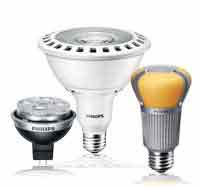
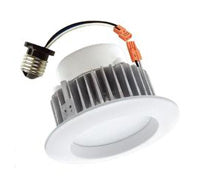

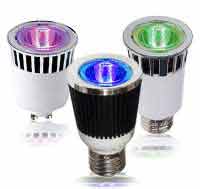


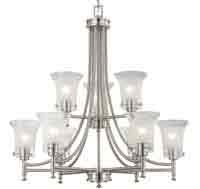
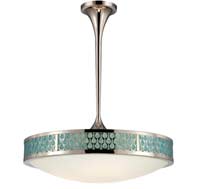













Comments